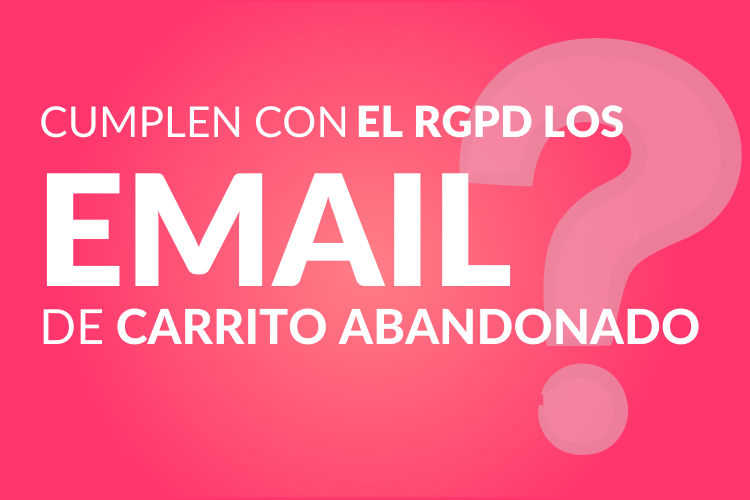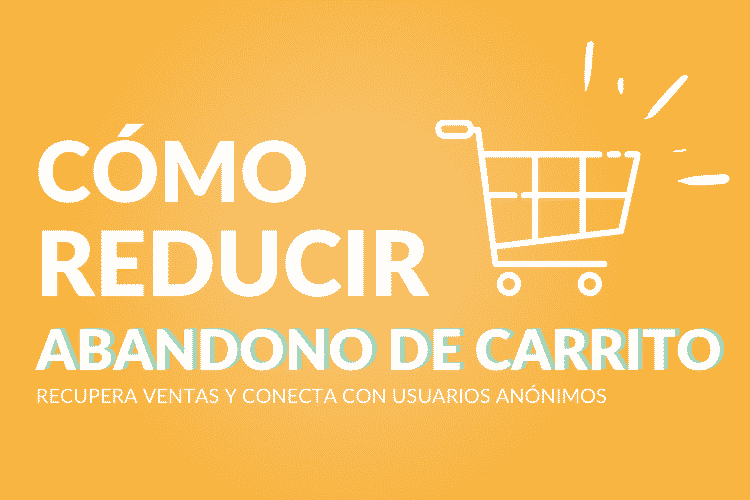Solutions
cart abandonment
How to do retargeting in the ‘cookieless’ world?
28 September 2022

Are Cart Abandonment Emails GDPR Compliant?
13 May 2021

Cart Abandonment Recovery Strategies for E-commerce – Recover Lost Sales
22 March 2021

Web Push Notifications: A Complete Guide for all Levels
16 February 2021
